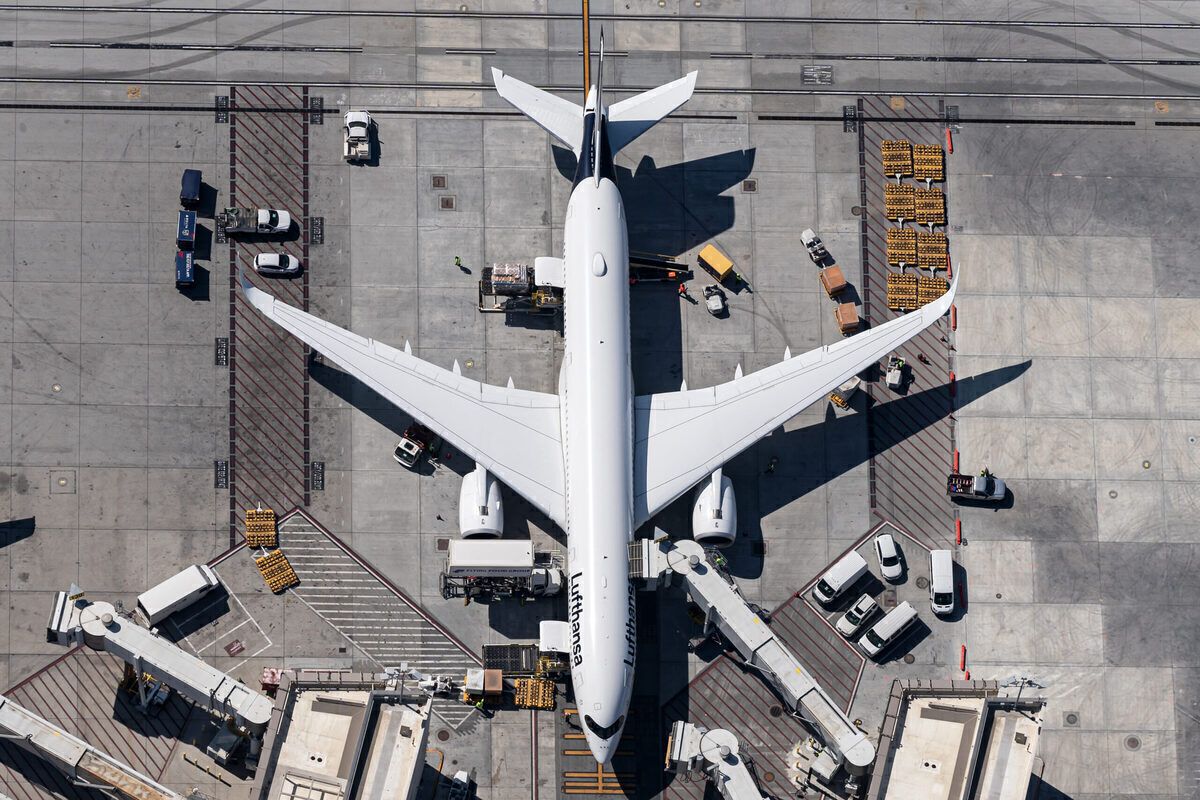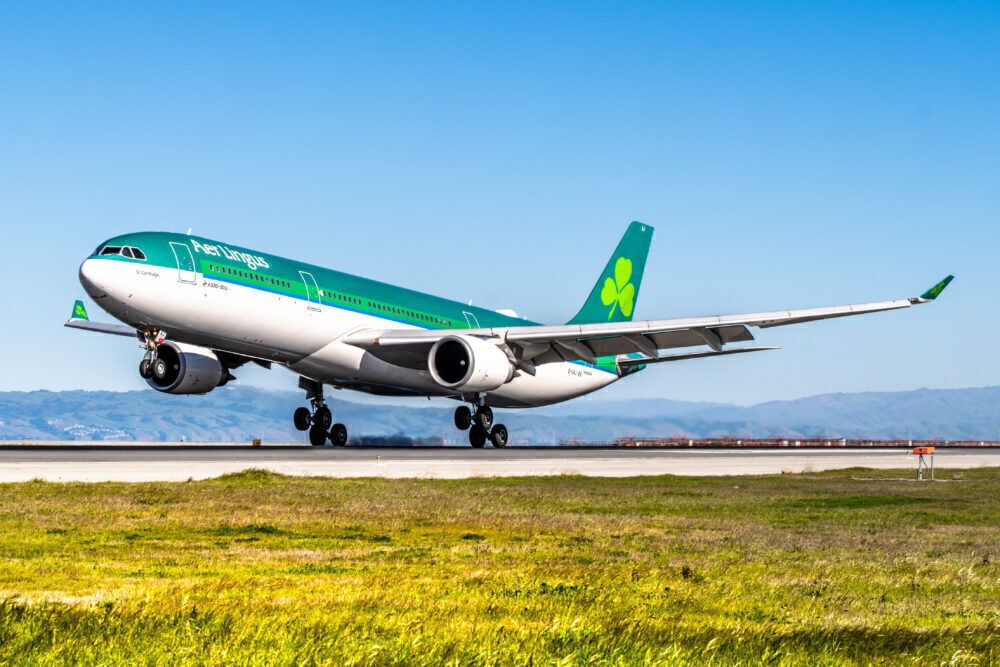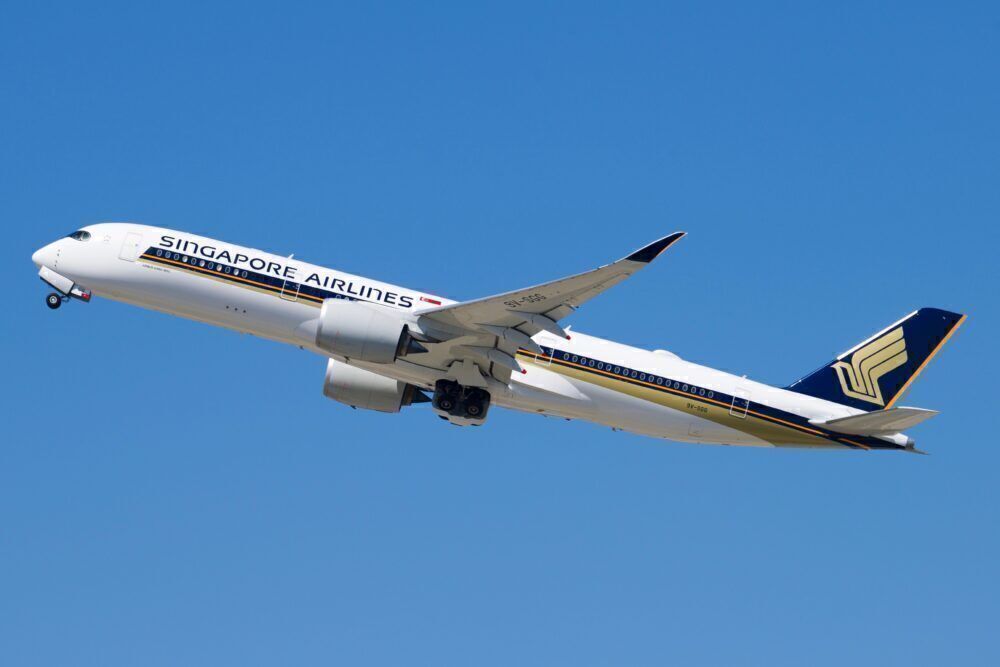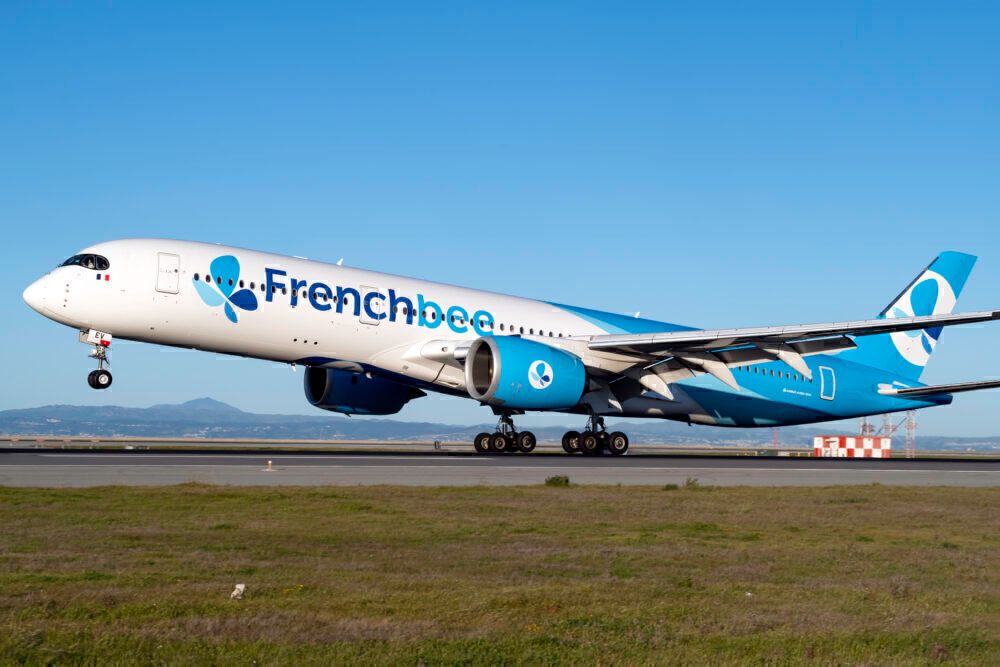It has now been more than six years since the Airbus A350 XWB family entered service with Qatar Airways in January 2015. To date, Airbus has produced more than 400 examples of this modern and efficient twin-engine widebody jetliner. However, despite the A350's success, its design process was not without its complications. Let's examine when, how, and why it was changed, culminating in the version that we know today.
Initial plans
Airbus's original proposal for the A350 series was based on its existing A330 family. The need for such an aircraft came about after Boeing had announced its next-generation 787 'Dreamliner.' However, interestingly, it was only after airlines suggested the idea of a competitor for the Dreamliner that Airbus considered designing one.
Indeed, it had initially passed the design off as merely a response to the A330, and did not feel the need to respond to the potential threat of the 787. Nonetheless, with this backing from airlines, Airbus eventually drew up a proposal for a so-called A330-200Lite.
It had planned to launch the proposal at the 2004 Farnborough Airshow, with the design featuring better aerodynamics than the original A330 family. Airbus also intended to deploy similar engine technology to that found on the Boeing 787.
Stay informed: Sign up for our daily and weekly aviation news digests.
Although Airbus ultimately did not launch the A330-200Lite at Farnborough that year, it proceeded with its development. This eventually saw it take on the 'A350' name, with two variants planned. At the time of its industrial launch in October 2005, these were:
- A350-800 - 253 seats across three classes, 8,800 NM (16,300 km) range.
- A350-900 - 300 seats across three classes, 7,500 NM (13,900 km) range.
Criticism prompts a redesign
However, despite an order from Qatar Airways, the A350 came under fire from lessors ILFC and GECAS. These leasing companies were two of Airbus's largest customers, and their Presidents (Steven F. Udvar-Házy and Henry Hubschman respectively) implored Airbus to instead develop the A350 as a clean-sheet project with a brand new fuselage design.
Singapore Airlines's CEO at the time, Chew Choon Seng, also added that:
"Having gone through the trouble of designing a new wing, tail, and cockpit, [Airbus] should have gone the whole hog and designed a new fuselage."
Airbus eventually responded to the criticism by heeding his advice and redesigning the A350 with a brand-new fuselage. Rather than retaining the A330's eight-abreast cross-section, it redesignated the family as the A350 XWB (Xtra-Wide-Body) in July 2006.
This has seen it typically seat nine passengers per row in economy, although French bee has deployed a high-density 10-abreast configuration. In any case, the redesign did the trick, with Singapore Airlines ordering 20 (plus 20 options) within four days of its redesignation. While the design change cost Airbus time (a two-year delay) and money (increased costs from $5.3 billion to approximately US$10 billion), it may have saved the program altogether.
The A350 family today
Despite the delay that the redesign caused, the A350 that Airbus eventually produced has proven to be a success. According to Airbus's latest data for the orders and deliveries of the family, it has received more than 900 orders for it, of which it has delivered more than 400. The full breakdown of these figures between the two variants is as follows.
- A350-900 - 745 orders, of which 368 have been delivered.
- A350-1000 - 168 orders, of which 54 have been delivered.
This leaves more than half of the A350's orders still outstanding. This, along with the potential for more to be placed going forward, suggests that the aircraft will remain a cornerstone of both the Airbus portfolio, and the increasing drive towards twin-engine aircraft in the long-haul and ultra-long-haul domains, for many years to come.
Did you know about the Airbus A350's pre-launch redesign? Have you ever flown on the type? Let us know your thoughts and experiences in the comments.




